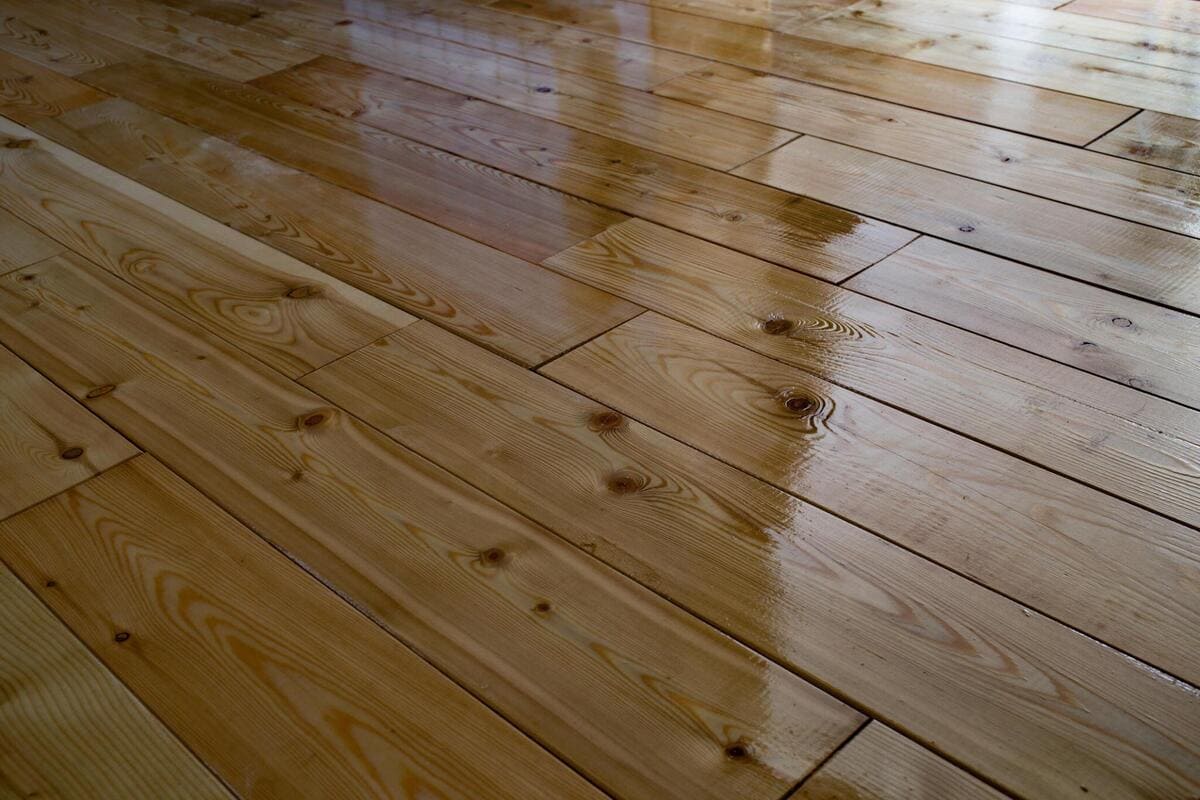Introduction
Hardwood floors are like the heart and soul of a home. They’re warm, inviting, and oh-so-elegant. From the moment you first step across freshly polished wood, it’s hard not to fall in love. But here’s the thing about hardwood floors–they’re a bit like a loyal friend. If you don’t take care of them, they’ll eventually show the toll of time. Sealing them properly is like giving them a suit of armor to keep them looking stunning for years.
Curious about why sealing is so important? Think about how much your floors endure daily–heels clanking, spills splashing, pets scampering, and furniture dragging. Without a protective layer, your gorgeous hardwood is vulnerable to scratches, water stains, and general wear-and-tear. But don’t worry–in this guide, I’ll make everything about hardwood floor sealing as clear and easy as Sunday morning pancakes.
Whether you’re sprucing up old floors as part of a renovation or protecting brand-new planks, we’ll chat through the essentials so you can make your wood floors practically immortal. And along the way, I’ll sprinkle in tips to ensure sealing feels more like a fun DIY project than a daunting chore.
Why Proper Sealing Matters
You wouldn’t wear shoes with holes in rainy weather, right? Well, hardwood floors without a proper sealant are like those holey shoes for your home. The sealant acts as a protective shield, locking out moisture, spills, and even the occasional art project gone rogue (looking at you, kids).
Without a sealant, every drink spill becomes a heart-stopping event. The wood absorbs it faster than a sponge, leading to swelling, stains, or worse–warped planks. Next thing you know, your once-pristine floor looks more like a battered pirate ship deck. Not a vibe.
A good sealant doesn’t just fend off water. It also prevents scratches. Say goodbye to those cringe-worthy moments when a chair scrapes across your unprotected floor. And the best part? A well-sealed floor actually enhances the look of the wood grain, making it look richer and more pronounced. Bonus points for keeping your guests saying, “Wow, what stunning floors!”
What Readers Will Learn
By the end of this guide, you’ll be the go-to genius of hardwood floor care. What kind of best friend would I be if I didn’t arm you with all the juicy secrets about seals, finishes, prepping floors, and even avoiding sealing disasters? Spoiler alert–I’ll also tackle the ultimate question every homeowner faces, “Should I seal these floors myself or call in the pros?”
I’m here to make sure no step gets overlooked–from choosing the right type of sealant to figuring out how much time you’ll need to set aside (and trust me, rushing is NOT your friend when it comes to this).
And don’t worry if you’re not a wood-floor encyclopedia just yet. By the end of this section, you’ll know why sealing matters–and feel a lot more confident adding “hardwood floor whisperer” to your resume.
The Emotional Case for Caring About Sealing
OK, picture this. You walk into a room. The sunlight is streaming in, and it hits your wood floor’s perfectly glossy, sealed surface. The room feels inviting, timeless, a little luxurious even. It’s not just a floor; it’s a statement you’re making about your home.
Now swap that image with one where the floor is dull, scratched up, unevenly stained, or worse–splintering. Instead of warm and inviting, your space feels kinda tired and unloved. That’s the difference sealing makes–it transforms the floor from just “wood you walk on” to a treasure that elevates your entire home vibe.
Think of sealing as a gift to both future you and your family. Done right, it’ll last years and save you from endless repair costs or replacement headaches down the line. Trust me, your floors will thank you–even if they can’t say it out loud (but maybe they would if they could).
Sealants Aren’t One-Size-Fits-All
Before you grab the first can of something shiny at your local hardware store, consider this–not all sealants are made for all floors. Oil-based polyurethane, for instance, adds a warm amber tint and is tough as nails for high-traffic areas (we’re looking at you, living rooms and hallways). Water-based polyurethane is clear and better for light-colored woods, plus it dries faster and has fewer fumes–perfect if you’ve got kiddos or pets running wild.
Penetrating oil sealers and wax finishes? Well, they give off a more natural vibe but may need a little more TLC when it comes to upkeep. The trick is to match the sealant to your floor type, traffic level, and–big one here–your patience for maintenance.
Here’s a fun fact for dinner parties–waterborne finishes like NordicSeal or AmberSeal aren’t just great for aesthetics; they’re eco-friendly too! Impress your guests with your knowledge of VOC-compliance and beautiful floors.
The Big Picture
Sealing your hardwood floor may sound like a lot of nitpicky steps upfront, but think of it as building a foundation. Miss any of these early steps, and you risk cracks (literally and figuratively) in your protection plan. But follow through, and it’s like wrapping your floors in an invisible force field that keeps scratches, spills, and general wear at bay.
It’s all about preserving that “newly installed hardwood” vibe for as long as possible. With the right tools, sealant, and a bit of patience, you’re essentially giving your floors a glow-up.
FAQ
1. Do I have to seal all types of hardwood floors?
Yes! While it might vary depending on the type of wood, sealing is always a good idea. It not only protects your floors but also brings out the rich wood tones and grain details that make them look gorgeous.
2. Can I walk on the floors right after sealing?
Not so fast. Most sealants need a full curing time before they’re ready for heavy use. On average, you could wait anywhere from 24 to 48 hours before light foot traffic, but it’s best to check the instructions on your sealant.
3. What happens if I don’t seal my hardwood floors?
Skipping the sealant is like leaving your phone without a case. Every scratch, spill, or drop will leave a lasting mark. Over time, you’ll probably end up spending more to repair or replace your floor than you would by sealing it in the first place.
4. Are certain sealants better for homes with pets or kids?
Absolutely! Water-based polyurethane is great for homes with kids and pets because it’s durable, dries quickly, and has fewer fumes. Plus, it’s easier to clean compared to more delicate finishes like penetrating oils.
5. Can I seal the floor myself?
You sure can! But it takes a little elbow grease and attention to detail. If you’re not confident in your DIY skills, it’s always OK to hire a pro to ensure the perfect finish.
Transition to Next Section
Now that you know why proper sealing matters and how it’s the secret sauce behind jaw-dropping, envy-worthy wood floors, it’s time to get into the nitty-gritty. Next up, we’ll chat about understanding the anatomy of hardwood floors and what makes them so unique (and worthy of all this TLC). You won’t want to miss it!

